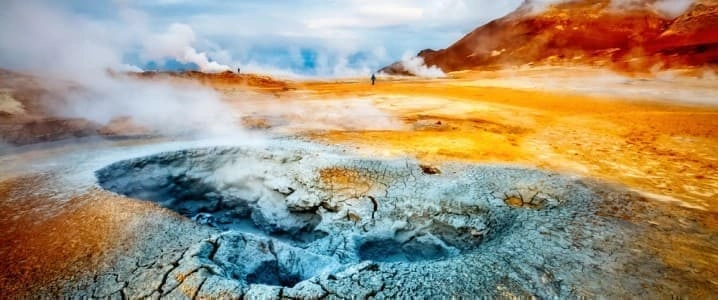- Demand for lithium, cobalt, and other critical minerals surged in 2024, driven by green energy technologies.
- Mining expansion faces legal and social resistance, especially from Indigenous communities.
- Experts call for stronger global standards to balance climate goals with environmental and human rights protections.

To meet the rising demand for energy and the increase in global renewable energy capacity, there is a clear need to expand critical mineral mining activities. Mining for metals and minerals, such as cobalt, copper, and lithium, has increased significantly in recent years and is expected to keep rising in line with the growing global demand. Although this has been widely supported by governments aiming to accelerate a green transition, some environmentalists and community groups are not so enthusiastic about the mining activities, which they are concerned could lead to environmental degradation.
Demand for critical minerals increased significantly in 2024, with lithium demand rising by 30 percent, while the demand for nickel, cobalt, graphite, and rare earths rose by between 6 and 8 percent. Growth was largely driven by energy applications such as electric vehicles, battery storage, renewables, and grid networks, according to the International Energy Agency (IEA). For battery metals such as lithium, nickel, cobalt, and graphite, the energy sector accounted for 85 percent of total demand growth over the past two years. The IEA forecasts that demand for critical minerals will need to triple by 2030 and quadruple by 2040 if we are to achieve net-zero emissions.
The U.S. Department of Energy lists a total of 50 critical minerals, while the European Unions list includes 34. The IEA sees lithium, nickel, cobalt, manganese, and graphite as the most widely used critical minerals, which are all used in battery production. Aluminium and copper are widely used in electricity networks, and rare earths are used for magnets in wind turbines and electric car motors.
However, expanding critical mineral mining is not so straightforward, as many metals and minerals are rare and are concentrated in specific areas of the world, particularly in China, with 95% of gallium coming from China, for example. Australia contributes around 50 percent of the global lithium output, followed by China at 18 percent. Indonesia provides around 40 percent of the worlds nickel, with Australia and Brazil also holding significant reserves.
Cobalt is mainly mined in the Democratic Republic of Congo (DRC), with Australia holding around 15 percent. When it comes to rare earth metals, China holds roughly 40 percent of the global total, followed by Vietnam and Brazil with around 20 percent each. Meanwhile, Copper can be sourced from 56 countries, with Chile and Peru contributing 28 percent and 10 percent of global production, respectively.
It is widely agreed that critical mineral mining needs to increase if we are to achieve a global green transition. However, governments and mining companies must often contend with environmentalists and community groups to develop new mining activities in mineral-rich areas of the world.
Elisa Morgera, the UNs special rapporteur on climate change and human rights, said, The need for critical minerals in terms of climate action is an assumption that we need to challenge. During an online forum, she questioned, How do we take into account over-consumption by the super-rich, which we know are contributing to climate change in ways that are incomparable to the vast majority of the worlds population?
Morgera called for a step back& to ensure that any decisions around critical minerals are taken with a full understanding of the potential impacts on the environment and on everyones human rights. She said that independent assessments should be carried out and that urgently addressing climate change should not supersede the protection of the rights of Indigenous peoples on whose territories critical minerals are often extracted.
The number of legal challenges to mineral mining operations has grown in line with industry expansion. The Business and Human Rights Resource Centres (BHRRC) just transition litigation tracking tool, which tracks lawsuits against projects to build renewable energy plants or mine for minerals, has identified 95 challenges since 2008, with three-quarters of these filed in the last seven years. The group found that 71 percent of lawsuits in its dataset were linked to the mining of bauxite, cobalt, copper, lithium, manganese, nickel, zinc, and iron ore.
The group reported that nearly half the claims were filed by Indigenous people, with 49 percent of these lawsuits being linked to violations of Indigenous peoples rights. Elodie Aba, a senior legal researcher at BHRRC, said, Lawsuits, which are often a last resort, have become a powerful tool for those left out of the decision-making process. These lawsuits are not a rejection of climate action; they are a demand for a just transition.
The IEA identified almost 200 national policies and strategies surrounding critical minerals, suggesting that many countries are developing specific legislation for mineral mining activities. However, to ensure that mineral mining does not cause immeasurable damage to the environment or harm human rights, stronger international norms and regulations on mineral mining must be established. As we move away from fossil fuels to renewable alternatives to limit global warming, we should not switch to another environmentally harmful activity without considering and mitigating the repercussions.
By Felicity Bradstock for Oilprice.com
More Top Reads From Oilprice.com:



